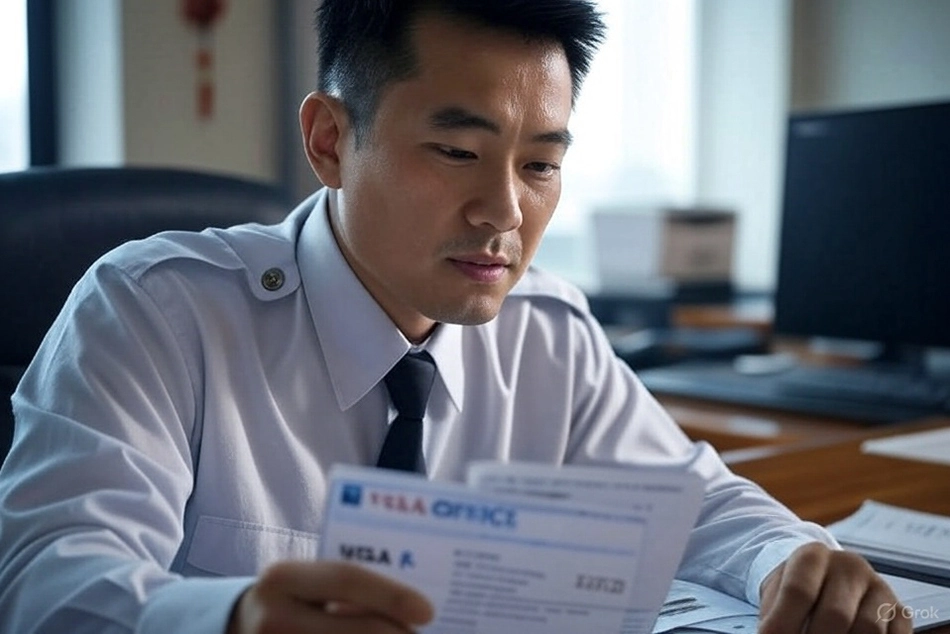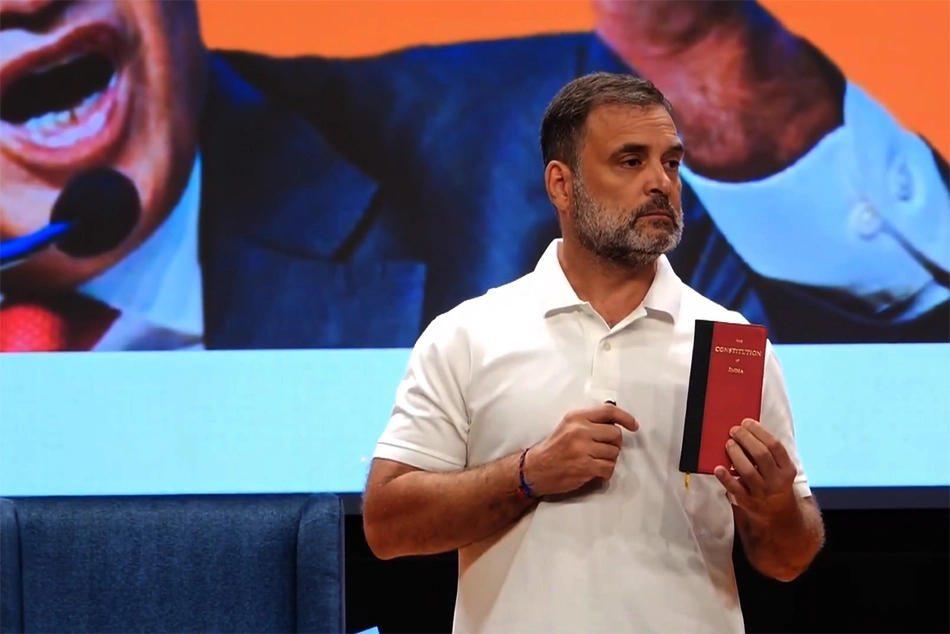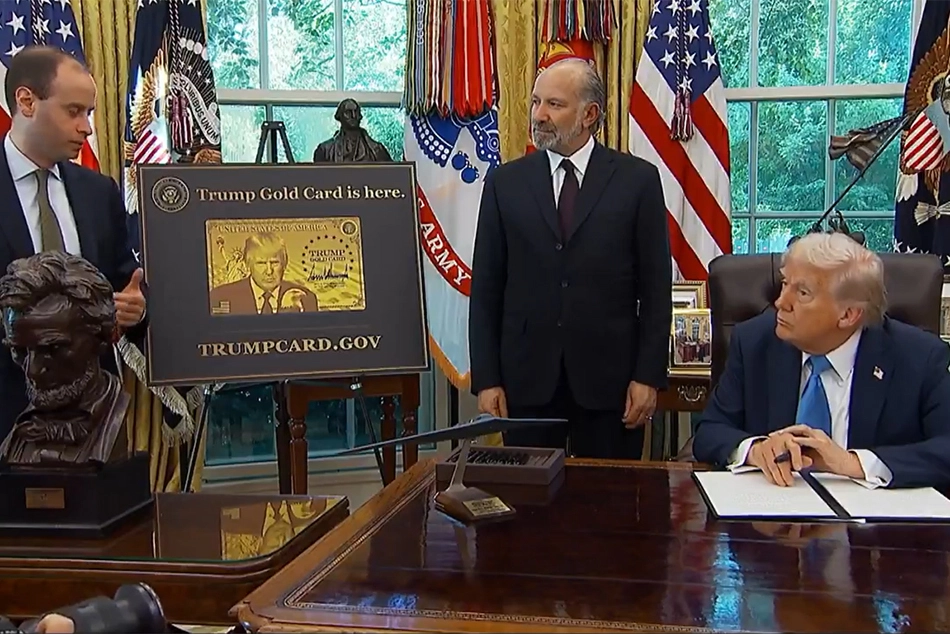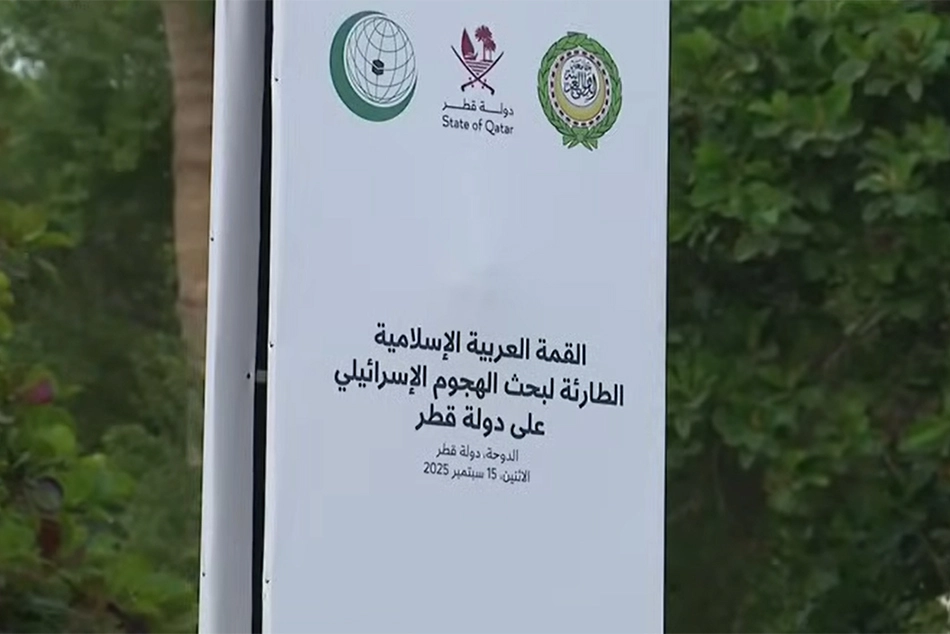
Explained: China’s K Visa in News after H1B Visa Fee Hike
K Visa is trending in India, interestingly about two months after it was introduced, and the reason for this sudden interest in China’s new visa category is Trump Administration’s decision to hike the H1B visa fee

K Visa is trending in India, interestingly about two months after it was introduced, and the reason for this sudden interest in China’s new visa category is Trump Administration’s decision to hike the H1B visa fee.
China had introduced the K Visa category about two months ago to attract next generation scientists and researchers, and young international professionals in the STEM fields (Science, Technology, Engineering, and Mathematics).
The new visa category was approved during the State Council’s Executive meeting on July 16, 2025 and is set to take effect on October 1, 2025.
Why China’s K Visa is Trending Now?
The China’s K Visa did not get the desired attention when it was introduced and approved in July. It, however, found interests among the Indians soon after Donald Trump signed the Executive Order that increased the H1B Visa fees to a mountainous $100,000 Friday September 19, 2025.
There are around 730,000 H1B Visa holders, mostly working in IT and Tech firms, as per fwd.com. Of them nearly 70% are Indians. Therefore it was but natural for the Indians – who are currently employed in the United States and the new lot of workers who are planning to migrate, to get panicked.
Amidst this situation of panic, the Chinese K Visa Category became attractive to these Indians. So much so that some of them are equating the K Visa with H1B Visa, even calling it as the Chinese alternative to U.S. H1B Visa.
K Visa Features
Through the K visa, China allows multi-entry access, longer periods of validity, and extended durations of stay in the country.
Unlike the Z (work) or M (business) visa categories, K visa applicants do not need a Chinese employer or an invitation letter, removing a significant barrier to entry.
The visa supports a broad scope of activity, including academic exchanges, launching business ventures, participating in entrepreneurial endeavors, and engaging in cultural projects.
Application procedures will be simplified and digitized, allowing prospective applicants to submit their materials through Chinese embassies and consulates using new online platforms, according to NewLand Chase.
K Visa Application Portal
The Ministry of Foreign Affairs, the National Immigration Administration, and Chinese embassies will jointly oversee the implementation of the K visa.
According to the Chinese Ministry of Justice, foreign young professionals engaged in education and research who have graduated from renowned domestic or international universities or research institutions with a bachelor’s degree or higher in STEM fields (Science, Technology, Engineering, Mathematics) are eligible to apply for K Visa.
Aspirants will get a clearer idea of eligibility criteria, bracket and acceptable professional experience once the K Visa Application Portal is launched.
The government plans to roll-out digital application platforms ahead of the K Visa application process launch in October this year.
Ahead of the launch, Chinese authorities also plan to execute a global outreach campaign targeting innovation hubs such as the United States, the European Union, and ASEAN member states.
[Aniqua Sabahat Faizee is Staff Writer at ummid.com.]
Follow ummid.com WhatsApp Channel for all the latest updates.
Select Language to Translate in Urdu, Hindi, Marathi or Arabic







